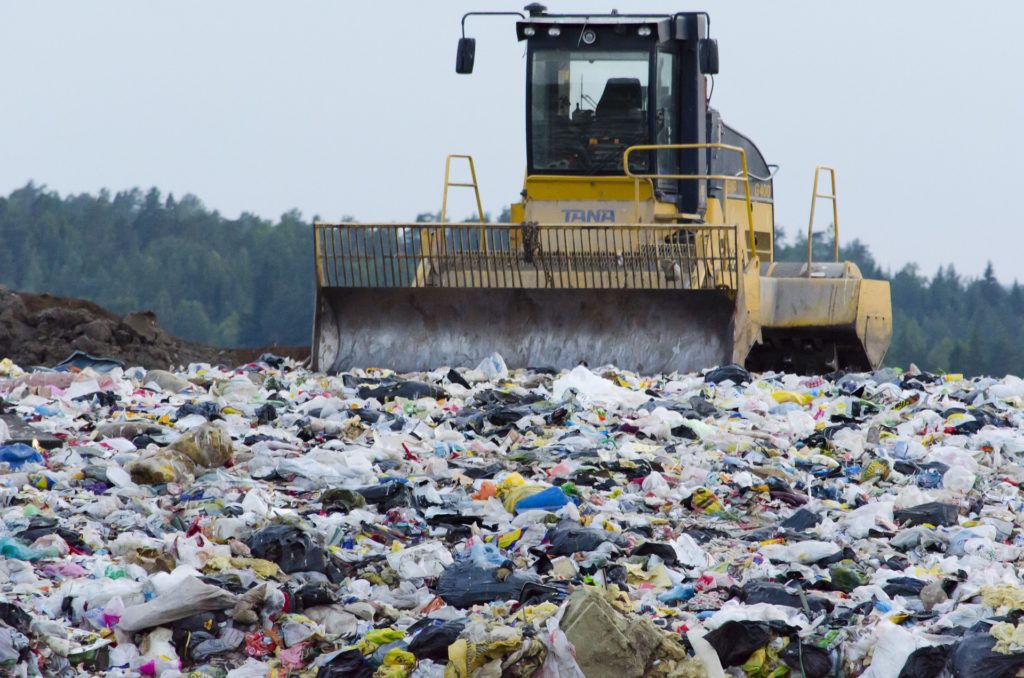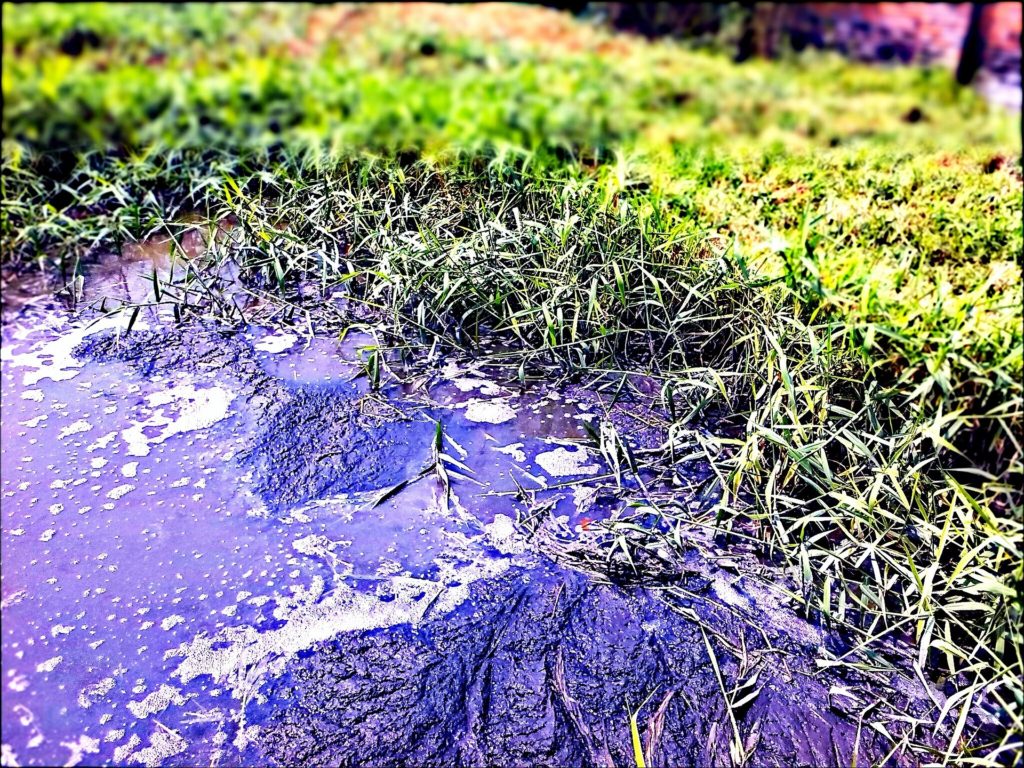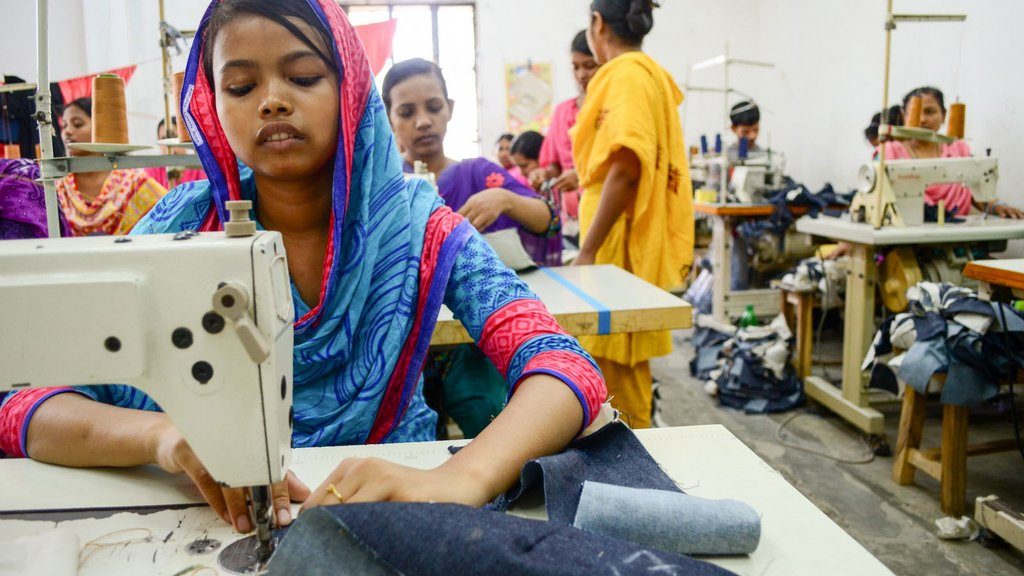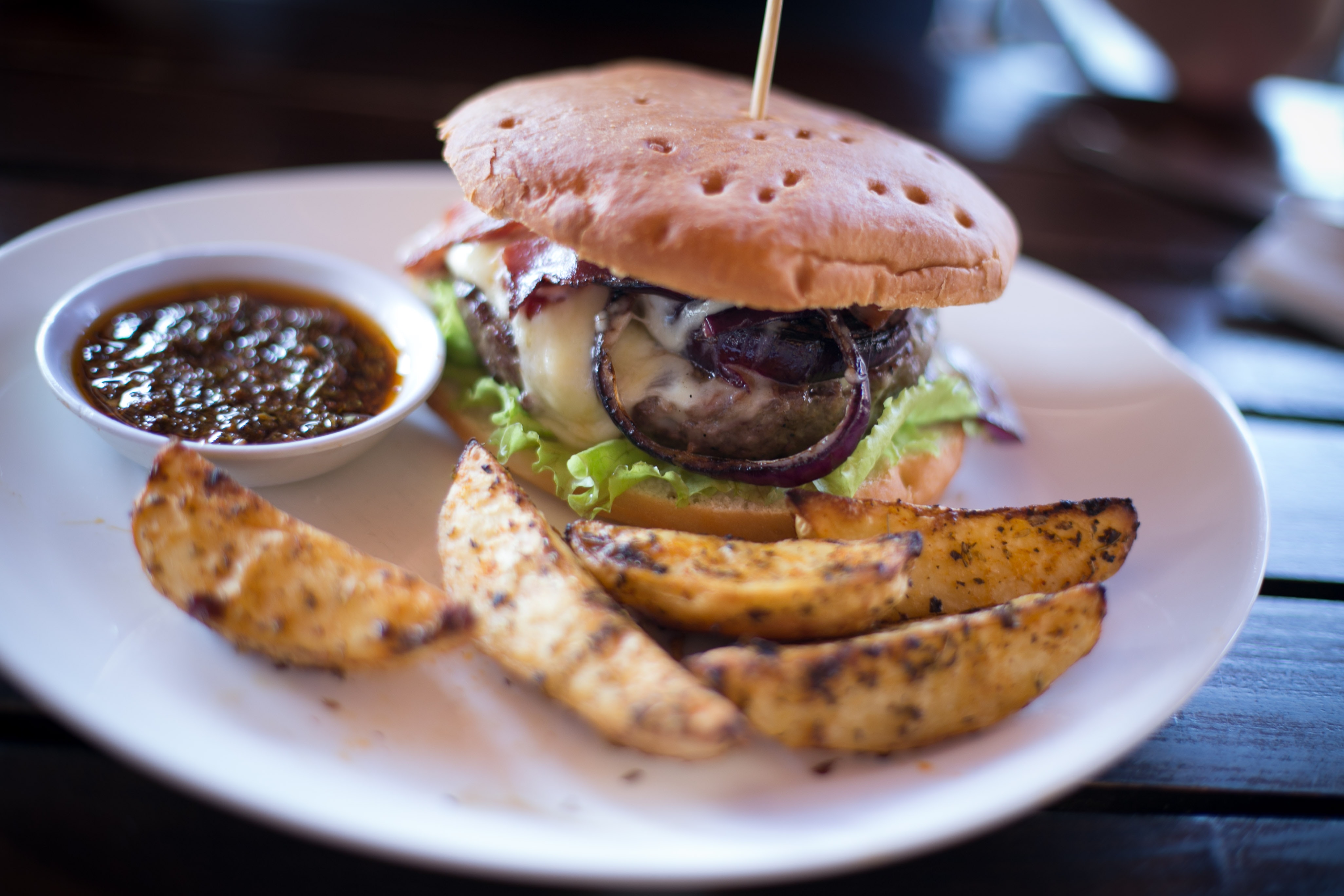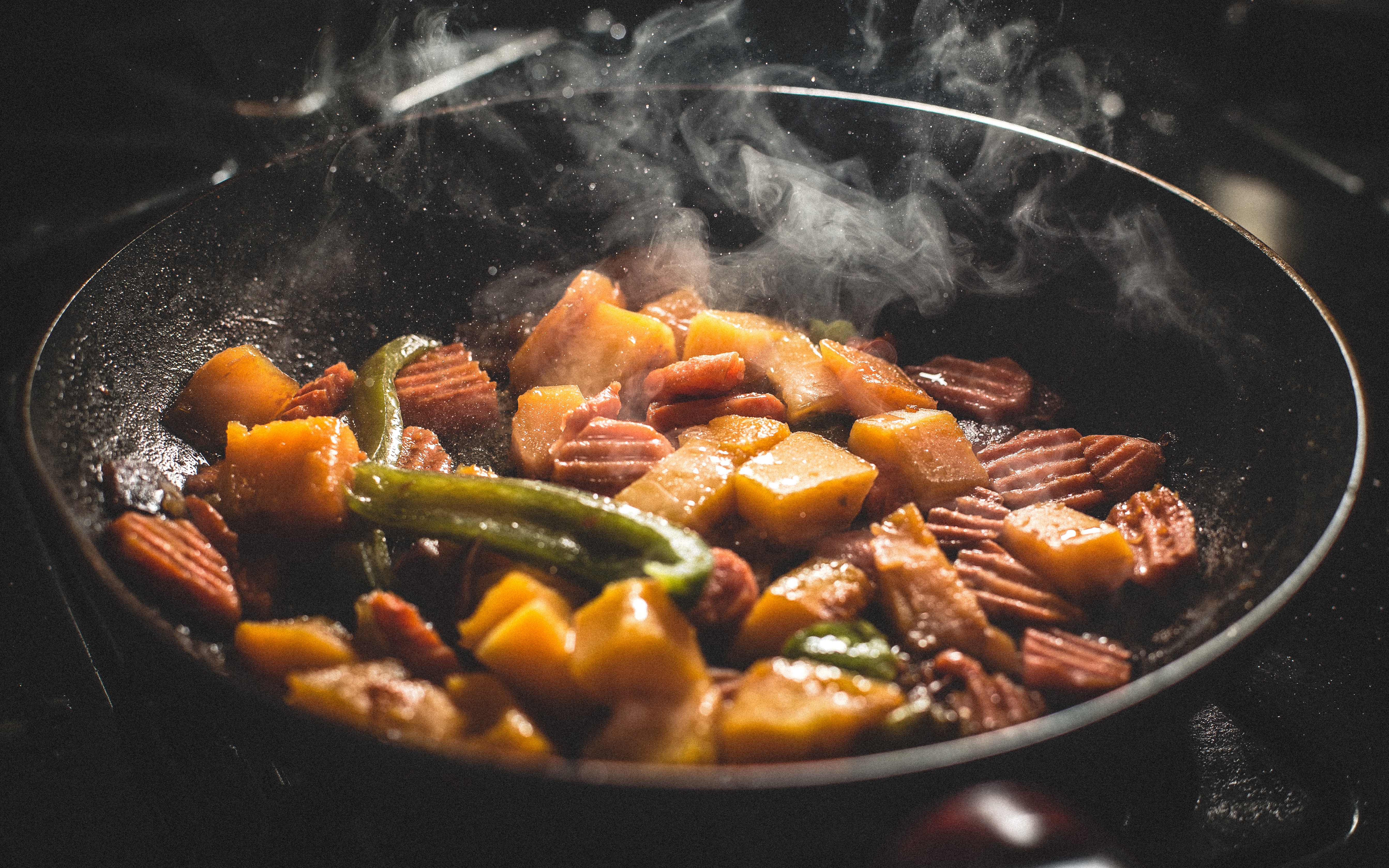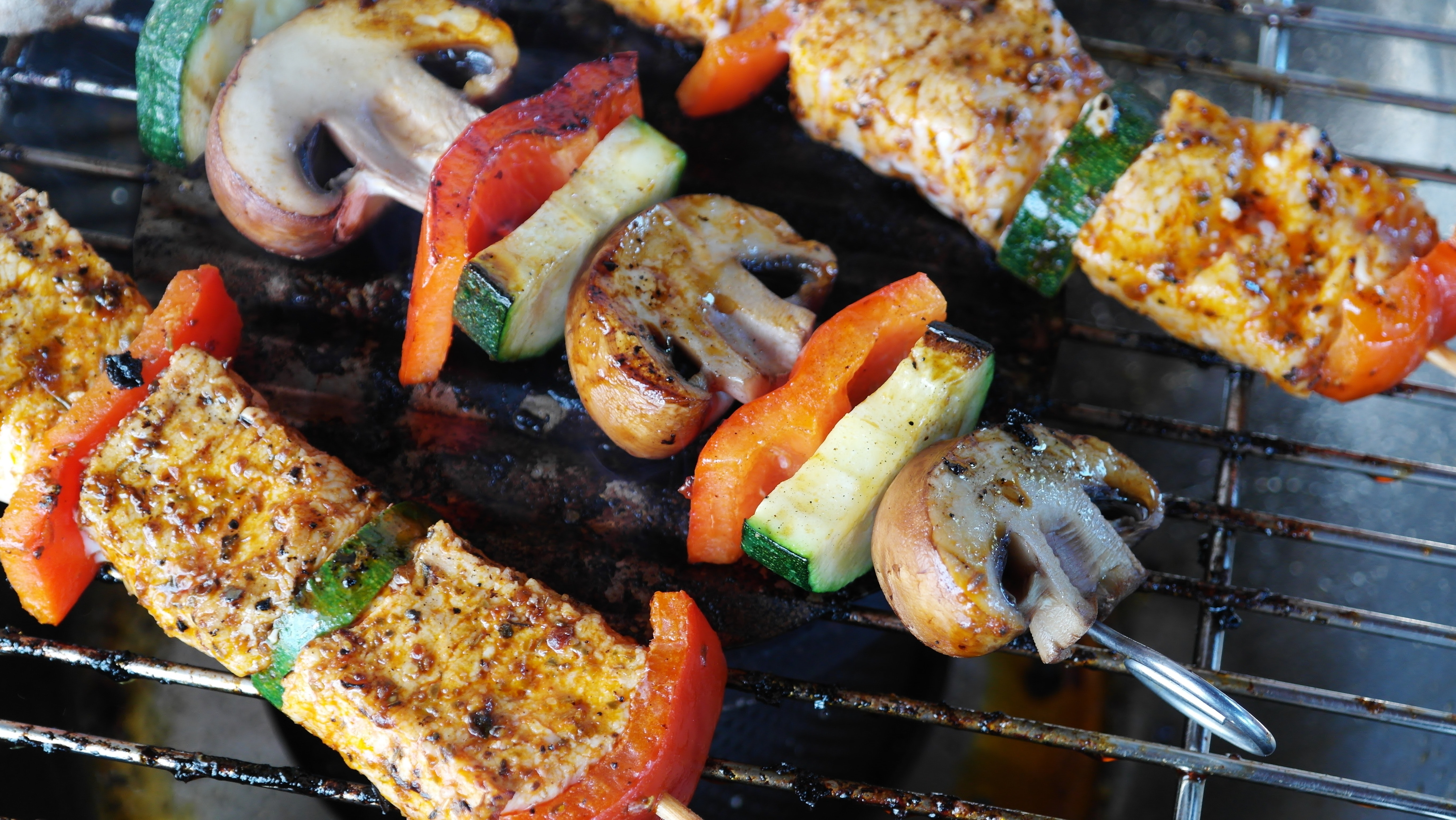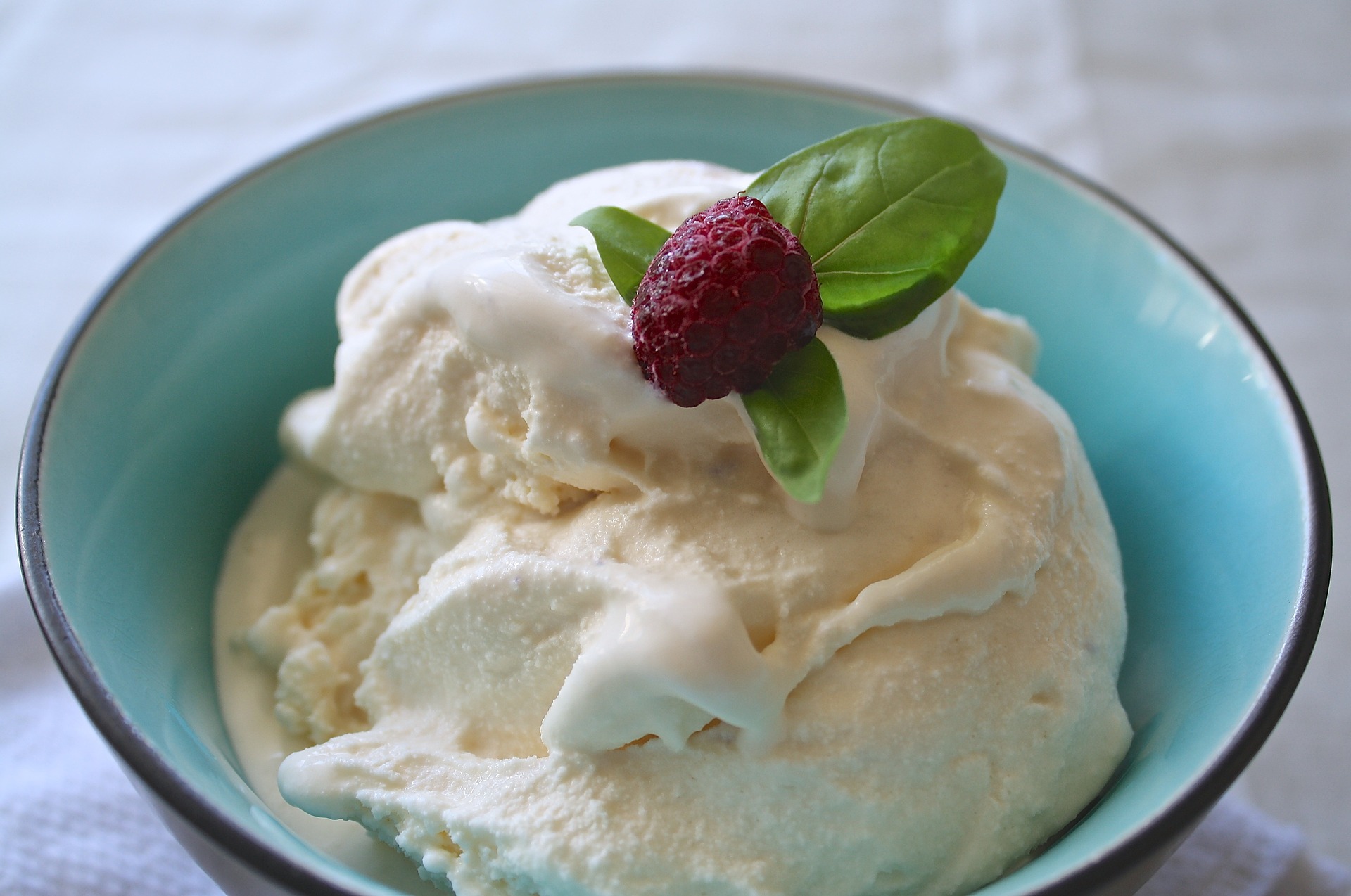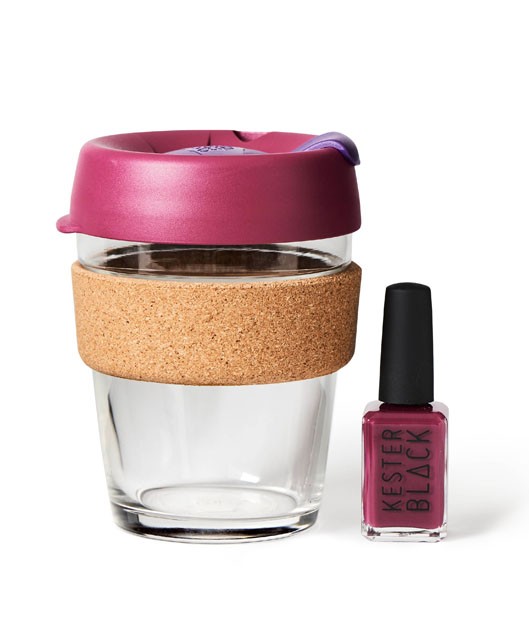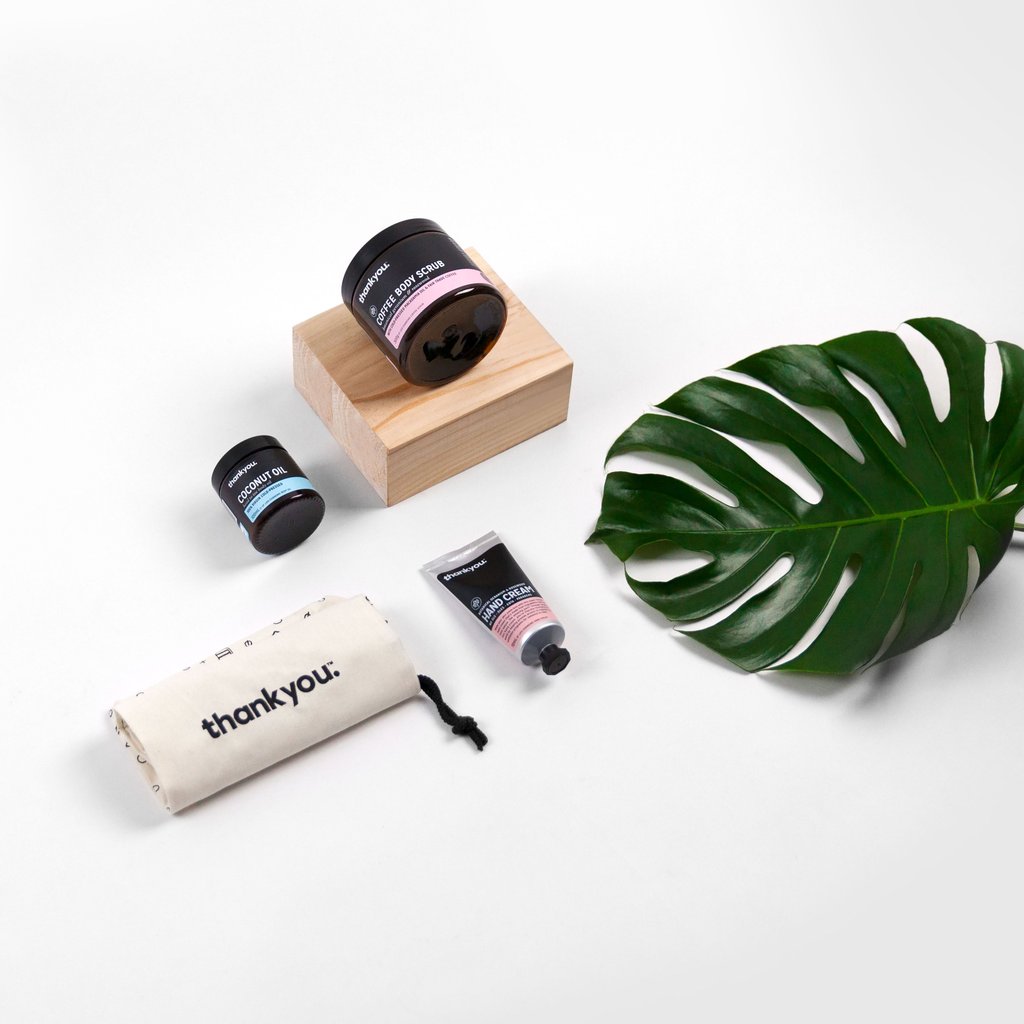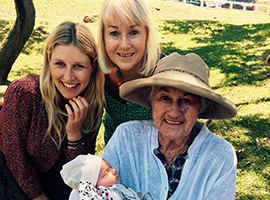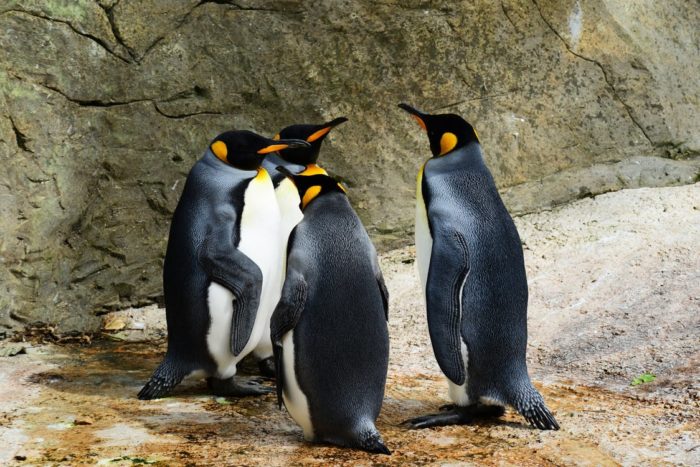As part of our commitment to responsible travel we ask that the participants of our adventures do not give gifts to the communities that they visit, or to the individuals they encounter.
We know what you’re thinking…why? What’s wrong with giving a small gift?
The act of gift giving and donating is a tricky one. It’s a universal practice not bounded by barriers of language or culture so we assume it is a great way to show our appreciation or to help someone in need. But even the most well-intended gifts or donations present some complex issues. These include donating to beggars or those living on the street, giving to children and making donations directly to the communities you may visit.
This is because gift-giving can:
- Entice children and their families to beg when they should be receiving an education or seeking work.
- Encourage an unreliable dependence on tourism.
- Create tension if there is an uneven distribution of gifts within a community.
- May cause cultural misunderstandings that all visitors give gifts.
You might think you are helping someone in need but sadly, these kind of small gifts rarely result in any significant improvement in these people’s lives. We want to make sure we are doing our best to be socially responsible – both as travellers and as global citizens.
If you are thinking about gift giving on your adventure, consider these things first;
Consider your motives.
For what reason are you giving? Travelling to less-developed countries can be a confronting experience, especially if you haven’t travelled to regions like it before. The short amount of happiness afforded by giving a gift does not erase the potentially harmful consequences.
It’s okay to give to people who provide a service for you.
Tipping is a common practice all over the world and is an appropriate way to show your appreciation and to give back to the local community. For example, this might include gifting your unwanted clothing or trekking equipment to porters and guides. We also suggest combining tips as a group to ensure they are more evenly distributed.
Give donations directly to community leaders.
It’s more appropriate for any goods to be distributed by locals, rather than by tourists. Once again, this helps to make sure they are distributed fairly. This might be the case if local communities request resources such as pens or books for schools.
Make a donation to a reputable NGO or foundation.
The best way to responsibly donate or gift give is via a reputable source who can assist in the sustainable distribution of your donation. They will consider the broader impact of your donation in order to empower local communities in the long-run.
Discuss any concerns with your local guide.
If at any point you have concerns about giving gifts, discuss it with your local guide. They will be able to give you the advice you need to give back to the local community in the most ethical way possible.
Check out the upcoming adventures on our calendar!



